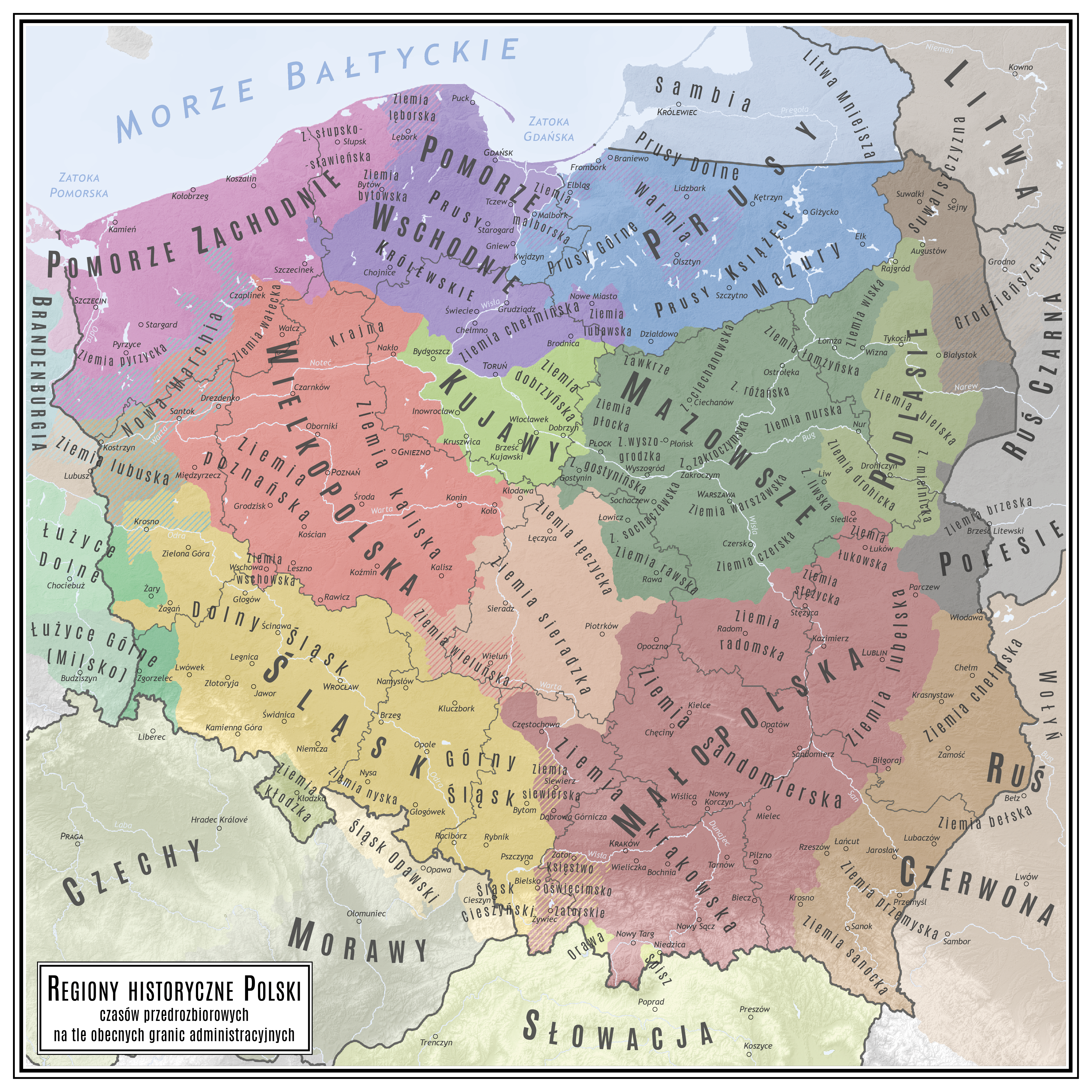|
Zakroczym Land
Zakroczym Land (Polish: ''ziemia zakroczymska''), named after the town of Zakroczym), was an administrative unit (ziemia) of the Duchy of Mazovia, Kingdom of Poland and the Polish–Lithuanian Commonwealth. It was part of Masovian Voivodeship, and its history dates back to the late Middle Ages, when Zakroczym became seat of a castellan. Local sejmiks took place in Zakroczym. Total area of the Land of Zakroczym was 1155 square kilometers. Located in central Mazovia, it was divided into three counties: Zakroczym, Serock, and Nowe Miasto. All three towns had royal status, and were seats of castellan A castellan is the title used in Medieval Europe for an appointed official, a governor of a castle and its surrounding territory referred to as the castellany. The title of ''governor'' is retained in the English prison system, as a remnant o ...s. The biggest city of Zakroczym Land however was Pultusk, with its residence of the Bishops of Plock and Jesuit College. Sources * ... [...More Info...] [...Related Items...] OR: [Wikipedia] [Google] [Baidu] |
Mazowsze
Mazovia or Masovia ( pl, Mazowsze) is a historical region in mid-north-eastern Poland. It spans the North European Plain, roughly between Łódź and Białystok, with Warsaw being the unofficial capital and largest city. Throughout the centuries, Mazovia developed a separate sub-culture featuring diverse folk songs, architecture, dress and traditions different from those of other Poles. Historical Mazovia existed from the Middle Ages until the partitions of Poland and consisted of three voivodeships with the capitals in Warsaw, Płock and Rawa. The main city of the region was Płock, which was even capital of Poland from 1079 to 1138; however, in Early Modern Times Płock lost its importance to Warsaw, which became the capital of Poland. From 1138, Mazovia was governed by a separate branch of the Piast dynasty and when the last ruler of the independent Duchy of Mazovia died, it was fully incorporated to the Polish Crown in 1526. During the Polish–Lithuanian Commonwealth over ... [...More Info...] [...Related Items...] OR: [Wikipedia] [Google] [Baidu] |
